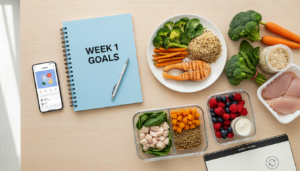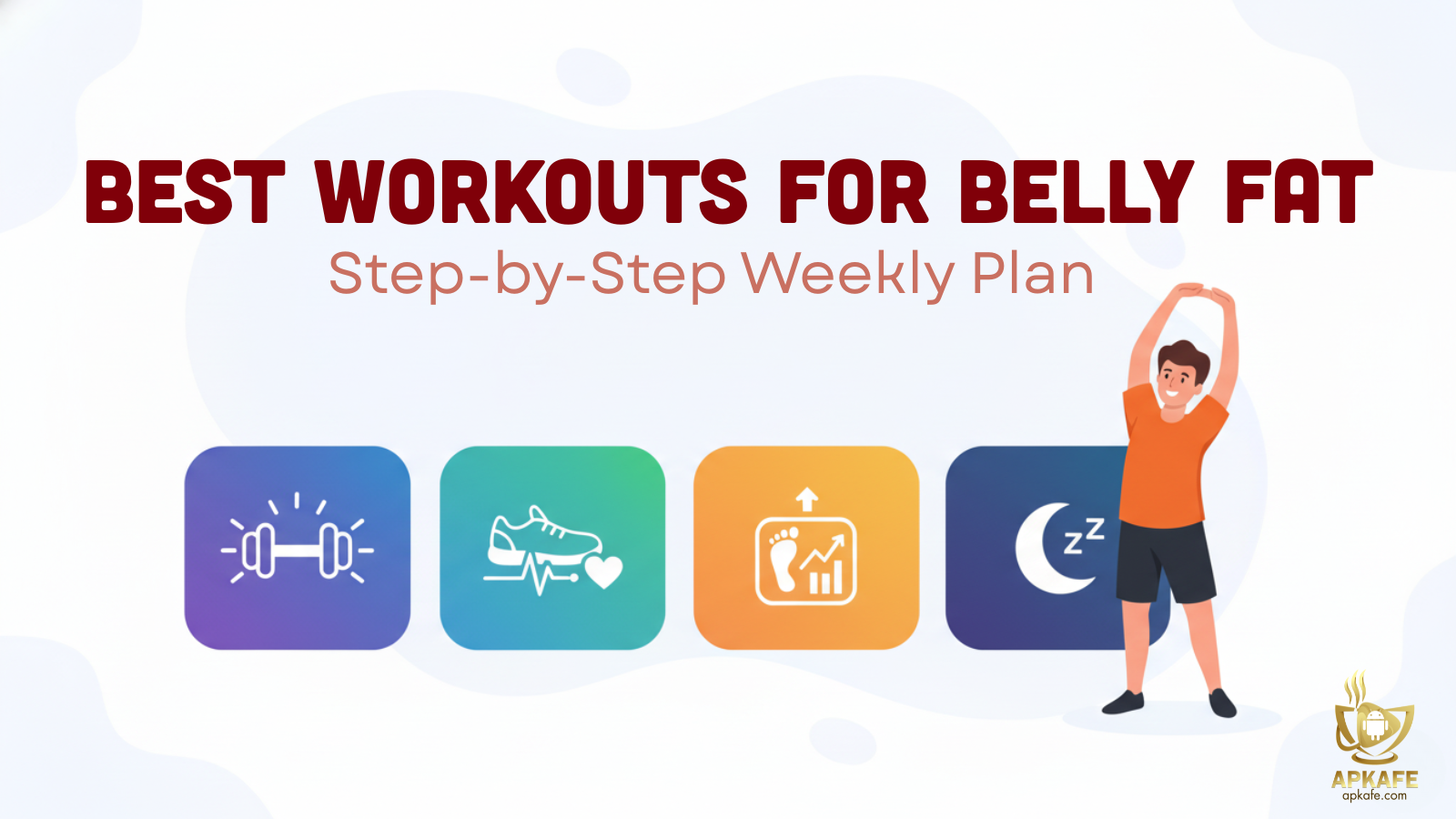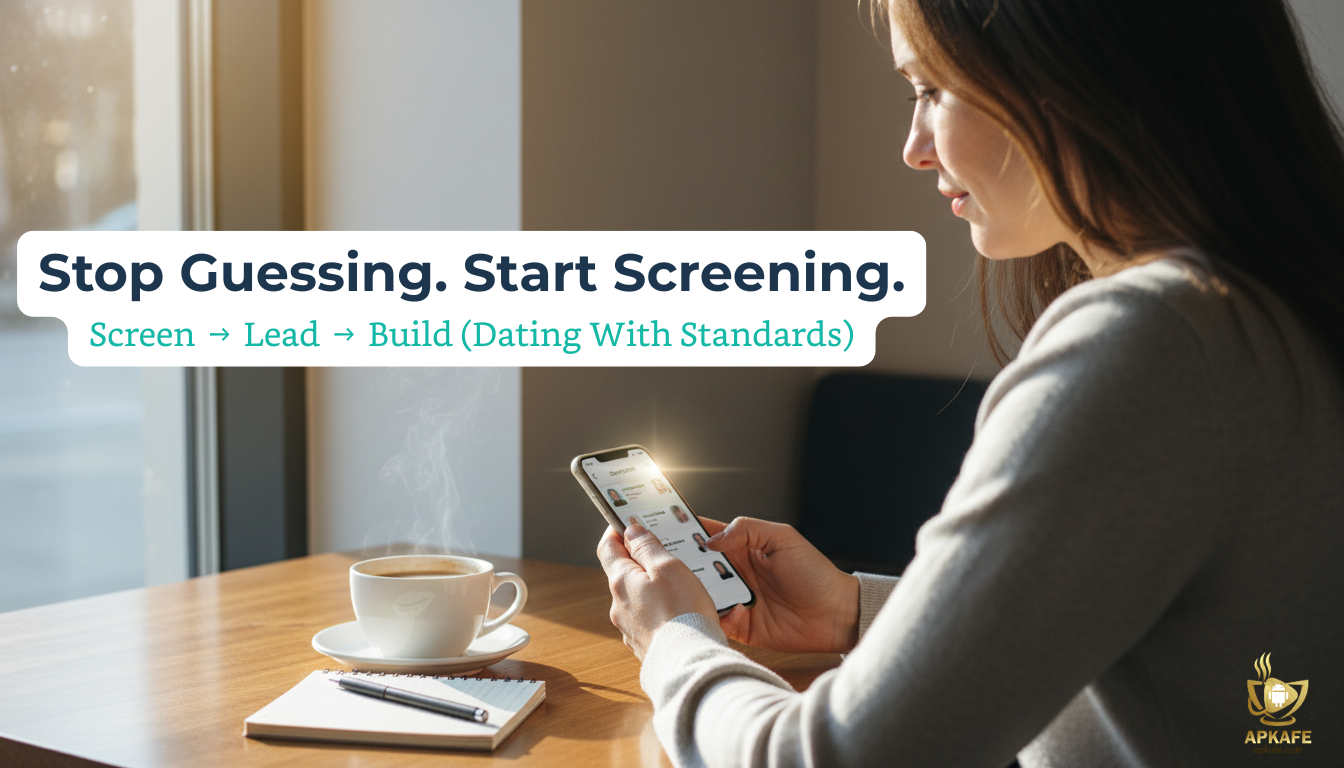Healthy Diet for Beginners: A Simple, Safe, and Sustainable Guide
Starting a healthy diet can feel overwhelming. With countless nutrition approaches online — high protein, low carb, keto, paleo, whole food plant-based — beginners often don’t know where to begin. The truth is, most people don’t fail because eating healthy is hard. They fail because they try to change too much at once, follow complicated plans, or expect immediate results. This guide makes everything simpler. You’ll learn exactly what to do first, what to avoid, how to choose beginner-friendly meals, how to shop smarter (not harder), and how to use trusted apps like MyFitnessPal, Cronometer, and Lifesum without falling into a calorie obsession. Whether your goal is feeling better, improving energy, or building long-term habits, this guide provides safe, sustainable steps you can start today. By the end of this guide, you’ll know the one tiny daily habit that keeps beginners consistent for 30+ days — even if they’ve failed diets before.
What Every Beginner Must Know
At the end of this section, you’ll discover the simplest pre-diet check that prevents 90% of early failures.
Understand Your Starting Point Before Changing Anything
Before you decide what to eat, take 48–72 hours to observe your current patterns. Write down your meals, snacks, and beverages in a notebook or track them in an app like MyFitnessPal or Cronometer. This isn’t about judgment — it’s simply gathering information. Many beginners say “I eat healthy!” but after logging, they realize habits aren’t as balanced as they thought.
Knowing your baseline allows you to set realistic improvements: more vegetables, more water, better breakfast choices, fewer sugary snacks, etc.
Safety Prerequisites — When to Talk to a Professional
Healthy eating is generally safe, but some people should get medical guidance first. Speak with a doctor or licensed dietitian if you are pregnant, have diabetes, digestive disorders, chronic illness, recent major weight changes, or take medications affected by diet.
If at any point you feel faint, extremely fatigued, or notice rapid unintended weight loss, stop and consult a professional.
This guide helps with general healthy-living habits but does not diagnose or treat medical issues.
Warm-Up Habits Before Changing Your Food
Before adjusting meals, strengthen the foundations that influence hunger, digestion, and energy:
- Drink a glass of water in the morning
- Sleep 7–9 hours
- Take a 5–10 minute walk after meals
- Slow down — chew more, avoid rushing
These micro-habits help balance appetite and reduce overeating.
Using Nutrition Apps Safely From Day 1
Apps like MyFitnessPal, Cronometer, and Lifesum offer excellent awareness tools. But beginners should use them gently — track portions and food types, not exact calories. Weekly trends matter more than daily precision.
Also, review permissions: disable any requests for location, contacts, or motion data unless needed.
Step-by-Step: How to Start a Healthy Diet as a Beginner
By Step 4, you’ll discover the small adjustment that instantly boosts beginner energy levels.
Step 1: Set Simple, One-Week Goals
Before changing food, create 7-day behavior goals: “add 1 veggie per lunch,” “drink one extra glass of water,” or “cook twice this week.” Beginners often fail because they plan for months instead of days.
Evaluate progress every Sunday, not daily. The goal is consistency, not perfection.
Pitfall: Choosing massive goals like “cut all sugar.
Pro Tip: Pick a habit you could still complete on your busiest day.
Step 2: Build Your Beginner Plate (50–25–25 Rule)
A simple plate structure makes success automatic:
- 50% vegetables
- 25% lean protein
- 25% whole grains or starchy foods
This stabilizes blood sugar, boosts energy, and prevents overeating — perfect for beginners.
Pitfall: Trying to be “perfect.”
Pro Tip: Start with two meals per day using this ratio.
Step 3: Choose 2–3 Repeatable Meals You Won’t Quit
Consistency beats variety for beginners. Pick 2–3 simple meals for breakfast, lunch, and dinner. Examples:
- Greek yogurt + berries
- Whole-grain wrap + chicken + veggies
- Rice bowl + veggies + tofu/chicken
Repeatable meals reduce stress and decision fatigue.
Pitfall: Cooking seven different meals weekly.
Pro Tip: Use modular meals — keep structure, switch ingredients.
Step 4: Use Nutrition Apps the Right Way (Not Obsessively)
Apps are tools — not rules. Track meals for awareness, not punishment. Focus on patterns: Are you eating enough protein? Too little fiber? Too many liquid calories?
Use weekly reports from MyFitnessPal or Lifesum to make small adjustments.
Pitfall: Obsessing over accuracy.
Pro Tip: Prioritize meal quality over exact calories.
Step 5: Smart Grocery Shopping for Beginners
Your food environment determines your success. Use the 3-staple rule each trip: one vegetable, one protein, and one whole grain. Shop the perimeter first — produce, dairy, eggs, lean meats.
Frozen fruits and veggies are great budget-friendly substitutes.
Pitfall: Shopping hungry.
Pro Tip: Stick to a 10-item list.
Step 6: Track Progress Weekly — Not Daily
Daily fluctuations mislead and discourage beginners. Weekly reviews reveal real patterns:
- Energy
- Digestion
- Consistency
- Sleep
- Snack patterns
- Hydration
Rate your week from 1–10. Aim for improvement, not perfection.
Pitfall: Expecting fast changes.
Pro Tip: Celebrate “micro wins.”
Common Beginner Pitfalls & How to Fix Them
The last fix solves the #1 reason beginners quit within 10 days.
1. Restricting Too Hard
Fix: Add more foods before removing foods.
2. Overeating ‘Healthy’ Foods
Fix: Use your palm as a portion guide.
3. Misusing Calorie Apps
Fix: Track patterns, not precision.
4. Expecting Fast Changes
Fix: Focus on 7-day wins.
5. Getting Discouraged After One Bad Day
Fix: Reset next meal — not next Monday.
Simple Meal Templates for Beginners
If choosing what to eat feels overwhelming, these beginner-friendly meal templates take the stress out of planning. Each option is quick, balanced, and designed to work even on your busiest days.
At the end of this section, you’ll have 7 ready-made combos you can eat tonight.
Breakfast
Start your day with simple, energizing options that keep you full and focused without any complicated prep.
- Greek yogurt + berries + nuts
- Eggs + whole-grain toast + avocado
- Oatmeal + fruit + cinnamon
Lunch
These midday meals are quick to assemble, balanced, and perfect for staying on track even during a busy workday.
- Chicken/Tofu wrap + greens
- Brown rice + veggies + salmon
- Bean chili + whole-grain bread
Dinner
End your day with satisfying, nutrient-rich plates that support steady energy without heavy cooking or stress.
- Stir-fry with veggies + lean protein
- Baked potatoes + beans + veggies
- Pasta + veggies + grilled chicken
Snacks
When hunger hits between meals, these clean, beginner-friendly snacks help you stay consistent without overeating.
- Fruit
- Nuts
- Boiled eggs
- Hummus + carrots
1-Week Beginner Menu (Sample)
A simple non-medical example:
- Monday–Tuesday: Bowl meals
- Wednesday–Thursday: Wraps
- Friday: Stir-fry
- Weekend: Simple pastas & soups
Safety & Privacy Checklist
One item here protects your sensitive health data.
- Consult a doctor for chronic symptoms.
- Stop if you feel extreme fatigue or dizziness.
- Avoid extreme calorie restriction.
- Disable unnecessary app permissions.
- Never share verification codes or financial info.
- Review app data-sharing policies.
- Track for awareness, not perfection.
Conclusion
Starting a healthy diet doesn’t require perfection or complex rules — just a few simple habits repeated consistently. With balanced plates, easy meal templates, smart shopping, and gentle tracking using apps like MyFitnessPal, Cronometer, or Lifesum, you’re already far ahead of most beginners. Focus on weekly progress, not daily fluctuations, and celebrate every small win. The path to feeling better in your body starts with one doable step, and you now have everything you need to begin confidently.
FAQs
Q1: Can beginners eat carbs?
Yes — carbs fuel your energy. Choose whole-food carbs like potatoes, rice, oats.
Q2: Do I need to prepare meals?
No — but prepping ingredients helps.
Q3: How many calories should beginners aim for?
It varies. Focus on balanced meals first.
Q4: Are apps enough instead of a nutritionist?
Apps help with awareness, but they don’t replace professionals.
Q5: When will I see results?
Energy often improves within 1–2 weeks; physical changes take longer.
Internal Links Integrated Naturally
Throughout the article, we included relevant contextual placements such as:
- Simple healthy lifestyle tips
- Good health habits you can start today
- Best apps to plan meals in minutes
- Mental wellness apps for beginners
- Best calorie counter app
Scientific References
- Centers for Disease Control and Prevention (CDC) – Healthy Eating Guidelines
- National Institutes of Health (NIH) – Dietary Guidelines
- Mayo Clinic – Healthy Diet Recommendations
- American Heart Association – Healthy Eating Bas
User Reviews












